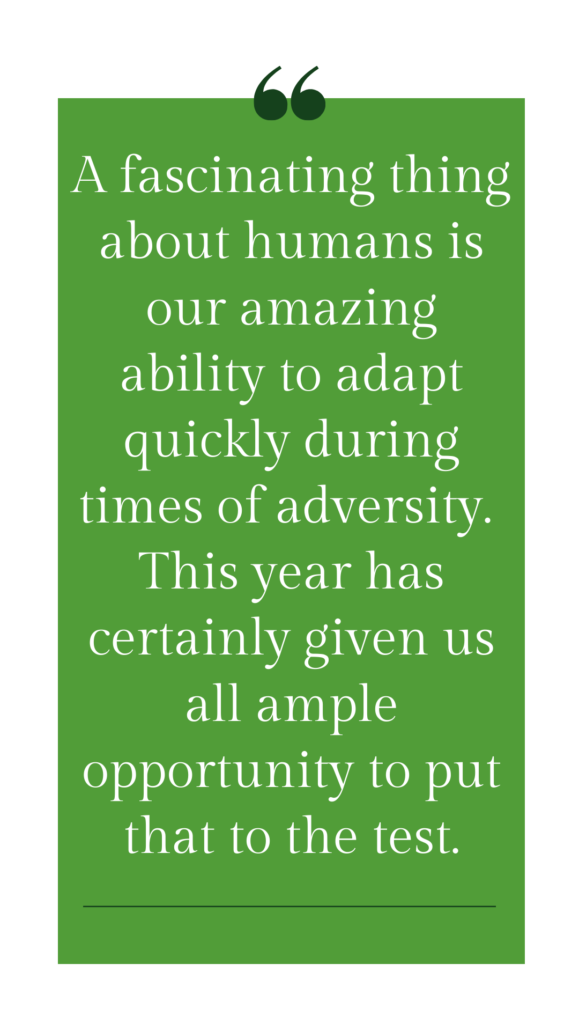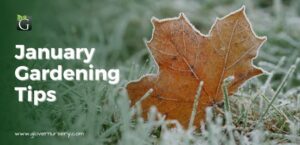4 Steps to a Bountiful Harvest with Your Victory Garden
While we are all going through this time of recalibration together, yet “socially distanced” from each other, one of the things we notice trending again are Victory Gardens. Though we are not at war, the effect of this pandemic certainly feels like it at times.
Gardening has become one of the few activities we are allowed to do and, in fact, are encouraged to do. Victory Gardens will allow you to exercise both your mental and physical well-being.

Our homes and gardens are our safe havens right now and as a result we are seeing a growth in….well, in growth. As far as the timing goes, it couldn’t be a more appropriate. Spring is upon us and it is time to plant.
As we do not know how this crisis will affect us long term, a number of people have started growing their own food source – some are doing it for recreation, and some as a genuine way to ensure fresh food for their families throughout the season.
If a Victory Garden is something that appeals to you, we are here to help.
Step 1 – Where to Plant Your Victory Garden?
- Decide what area you have that you can convert to growing veggies, herbs and fruits.
- For a family of 4, a 3-by-6 foot area can meet much of a family’s needs if it is laid out properly.
- Window boxes, container gardens, even rooftops can all be utilized for growing.
- Alternatively, you can grow your edibles in areas around your existing trees, shrubs and flowers.
- Wherever you decide to plant, it is important that the area get plenty of sunlight.
Step 2 – What to Grow in Your Victory Garden?
- Do you love fresh salads? Roasted potatoes? Making your own salsa or tomato sauce? Make a list of favorite foods and start with growing those.
- It is always fun to experiment with new ingredients, but if you just do not like rhubarb, probably best not to grow any.
- Keep in mind, some types of edibles do not bear a harvest in the first year. A short term goal of food production for this season vs. long term for years to come will have different strategies.
- Veggies and herbs, for the most part, will be prolific in their harvest this season. See our full list of available fruits, veggies, and herbs here.
- Fruit trees and some fruit bearing shrubs will take a couple of years to establish before you see a significant yield.
Step 3 – When to Grow?
- Every plant has a different timing for when it is ideal to start from seed vs. starts. Both methods are effective, it depends on what you prefer and your patience with seeding.
- Seeding isn’t difficult, but it does take a bit of extra work and the timing of when to seed takes some planning. Learn more here.
- Veggie starts are ready to pop into the ground, you can start planting now. We’ve got a great variety of starts available to pick up now. See our full list here.
- Pay attention to the weather as any unexpected freezes need to be guarded against.
- Wall-o-Waters are a great resource to help protect your starts from unexpected cold in the earlier part of the growing season.
Step 4 – When to Harvest Your Victory Garden?
- Every type of produce has a different growing season. There are 3 categories to consider when you are planning so by the time you get to the harvesting, you have crops available on a rolling basis
- Short-season go from seedling to harvest in around 40 days and include: arugula, lettuce, radishes, salad mix, spinach, turnips
- These should be replanted again after the heat of summer passes for another crop later in the year.
- Mid-season go from seedling to harvest between 40-80 days and include: beans (bush and pole), basil, beets, bok choy, broccoli, cabbage, carrots, cauliflower, cilantro, collards, corn, cucumber, dill, eggplant, fennel, kale, kohlrabi, okra, parsley, peas, peppers, potatoes, scallions, summer squash, swiss chard, tomatillos, tomatoes.
- These make up the bulk of a garden to harvest in the summer, it is best to balance them with early and late harvests.
- Late-season go from seedling to harvest between 80-120 days and include: asparagus, beans (dry), Brussels sprouts, celery, dill seed, edamame, garlic, leeks, melons, onions, parsnips, peppers, pumpkins, shallots, sweet potatoes, winter squash.
- Though they take longer, they are well worth the time and effort.
It’s a lot of information, we know. If you haven’t grown your own food before, it can feel overwhelming. But, that is why we are here.
You can view what is currently available to start getting ideas for what you may want to plant in your own garden. If you’re looking to start anything from Strawberries to Onions to Cole Crops we’ve got what you’re looking for in our Veggies, Fruits, and Herbs page.
We have the plants and expertise to help you start your own garden with everything needed for success. Now, that is a Victory indeed.
Find details on how we are safely conducting business under the “Stay Home, Stay Safe” directive on our website, link here.
We are open from 8am-5:45pm Monday through Saturday at 9275 South 1300 West.
See ya soon.

